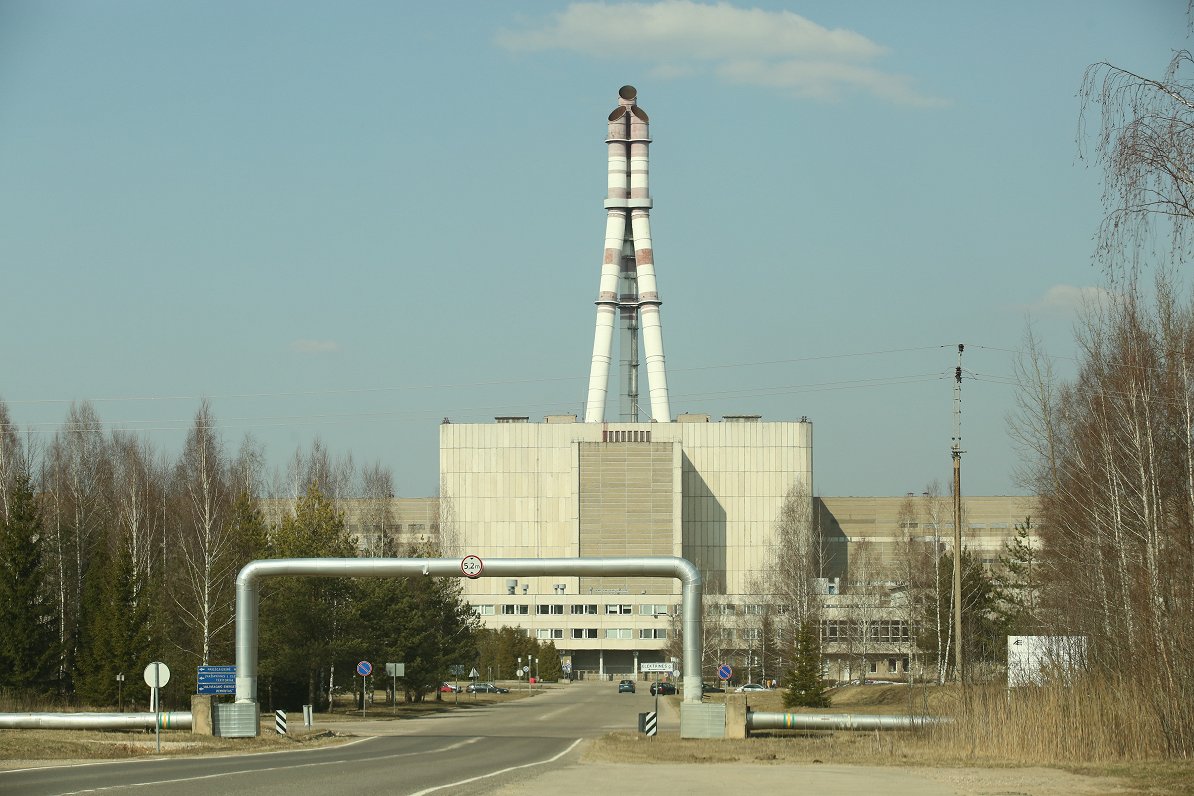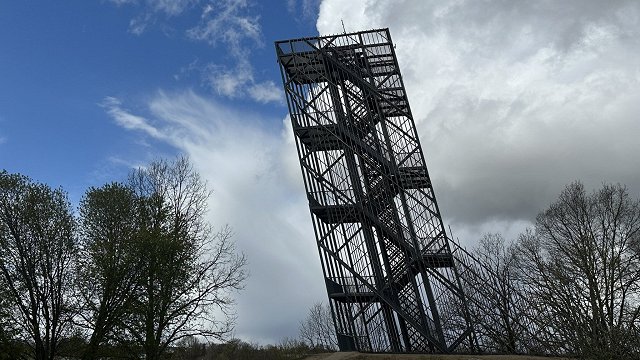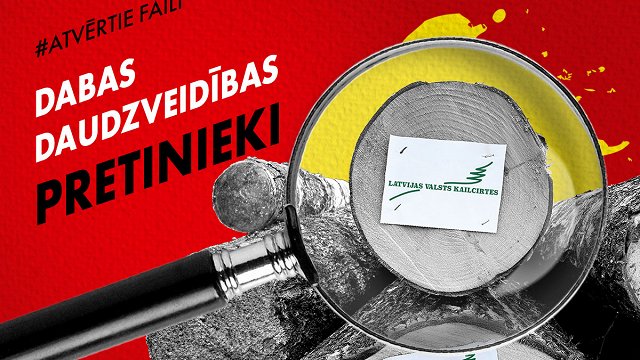The Ignalina NPP in Lithuania dates back to 1983. The power plant's operation was stopped in 2009 at the request of the European Union. Then there was the issue of how to dismantle the station and dispose of recycled radioactive materials.
There have been countless public consultations, including the one currently proposed. Latvia is also involved in the consultations because the site of the project launched by the Lithuanian state company Ignalinos atominė elektrinė (IAE) is only 8 kilometers from the Latvian-Lithuanian border. The project envisages the dismantling of the nuclear power plant, and the decommissioning of installations, including the dismantling of reactors.
"The storage site for bituminous radioactive waste, which will be converted into a disposal site, is located, you can say, in the immediate vicinity of the municipality of Augšdaugava. Right now, there is an opportunity for all residents to express their opinions and concerns about the potential impact of this activity," said Guna Novika, environmental specialist of the municipality of Augšdaugava.
The Lithuanians chose not to take radioactive waste anywhere far, but to bury it on-site, in existing repositories. “The decision has been made not to move the storage facility to another location or to build a new disposal facility in the same NPP and move the waste to this new storage facility, but to convert the storage facility into a disposal facility,” Dace Šatrovska, director of the radiation Safety Center at the State Environmental Service (VVD), told LR.
So the project will be near the border of Latvia, which causes alarm to residents of the nearest parishes. "Very close to us, we are 20 km to the Lithuanian border. We are in Kalkūne Parish, everything is next to us. We are concerned about the future of our children and grandchildren so they have a better life. We are already discussing this subject in our family, with our husband and sons, but it is unlikely anyone will listen further. We want to live in peace and fresh air and breathe the fresh air of Latvia,” said one resident addressed by Latvian Radio.
Until now, residents of the Latvian side have not expressed their opinions in public consultations, possibly believing that they will not be able to influence developments in the process of dismantling Ignalina NPP and waste disposal.
Vineta Maskava, Head of Environmental Impact Assessment Division of the Environment Supervision State Bureau, also concluded this: “We're unlikely to be able to stop this project because it's one big project and this is just one of its components.”
However, the Radiation Safety Center has questions about how the reconstruction of the site for storing bituminous radioactive waste from the Ignalina nuclear power plant can affect safety.“In what way will this additional protection under these structures be provided, what are these risks? It's just the beginning stage. (..) The Ignalina NPP had the same type of NPP as the Chornobyl NPP, so the issue of closure was pressing. This NPP model was that risky and Lithuania made the decision to close it down,” said Dace Šatrovska, director of the Radiation Safety Centre.
“We will see that this [disposal] facility will be located next to us for 300 years. This is an additional risk for Latvia,” Šatrovska said.
The Latvian side will prepare a comprehensive report on its vision under the influence of this project on the territory of the country.
Lithuania envisages the complete dismantling of the Ignalina nuclear power plant by 2038.



























